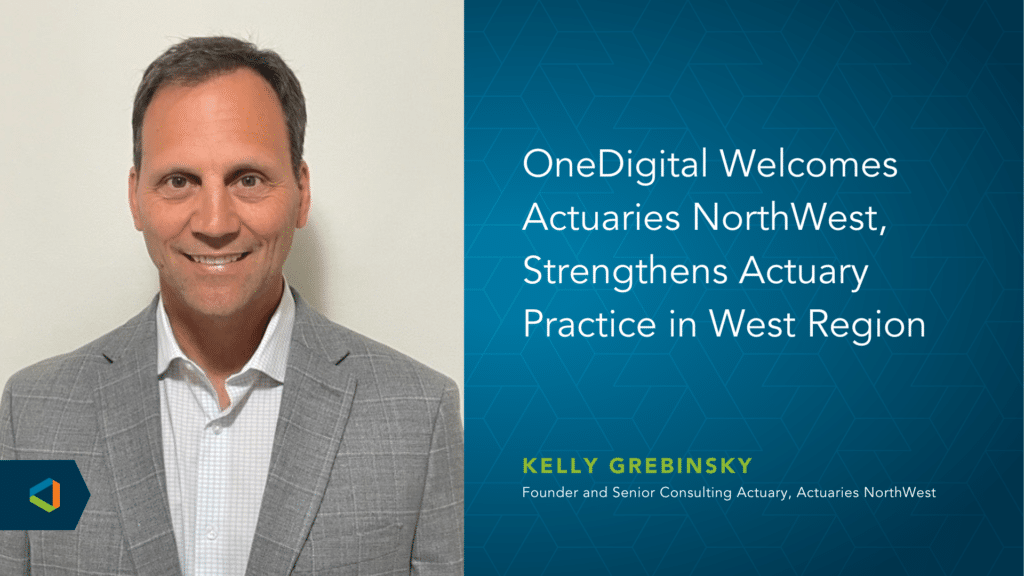ATLANTA - MAY 30, 2014 - Digital Insurance (www.digitalinsurance.com), - As provisions of the federal Affordable Care Act have rolled out, businesses have reacted with a mix of resignation, confusion and grudging acceptance, say insurance industry experts.
The impact of this complicated law has varied widely depending on the size of the business as much as anything else. Big employers in particular have moved forward with their employee health coverage without a lot of changes.
"The truth is for most large employers - not all but for most - very little changes have to be made in the benefit plan," said Richard Novack, president and general manager of the Atlanta market for Cigna. "There are some changes, but I would generally characterize them as minimal in nature. Most large employers were already covering the benefits that the law wanted covered anyway."
While the coverage has not changed for many of these companies, that doesn’t mean they haven’t struggled with some of the provisions.
"The main issues that our clients are running into is [the government] continuously issues regulations and proposed regulations and keeps changing the rules," said Laura Miller Andrew, partner in the Executive Compensation and Employee Benefits and Health Care practices of Smith, Gambrell & Russell LLP.
Companies must now submit forms to the IRS detailing the health insurance coverage of each worker - whether they get insurance from the employer or on the private market or obtained it through one of the state exchanges.
Employers have found that not all of the health-care reform act has been implemented as originally planned. Last year the Obama administration announced employers with 50 to 99 workers will be given an additional two years - until 2016 - before they risk a federal penalty for not offering insurance to full-time workers.
Firms with 100 workers or more will only have to cover 70 percent of their workers in 2015 instead of 95 percent to avoid a fine.
Despite these delays, companies must also decide who among their workers are going to be considered full time for the purpose of providing coverage. Full-time employment is now considered an average of 30 hours a week, although there is legislation pending in Congress that could raise that number to 40, according to Andrew.
"My clients have gone back to everyone who works 30 or more hours and many didn’t have benefits in the past," she said. "Now they have to figure out whether they worked enough in order to get coverage effective for next year and have to be counted against their mandate.
"Employers are spending a lot of time trying to ramp and understand these provisions," said Adam Bruckman, president and CEO of Digital Insurance Inc.
His company has been working with companies in using the mandated "look back period" of three or 12 months to determine which employees must be provided with coverage. One thing that hasn’t happened is a move away from offering coverage to employees.
Virtually no large employers are thinking of dropping coverage for their workers, at least not yet. Some believe they have a social responsibility to cover their workers and do see the troubled rollout of the insurance exchanges as a cautionary tale of a system that may not yet be ready for prime time.
For those companies that don’t offer coverage or don’t offer the right coverage, the law will eventually impose financial penalties. If an employer doesn’t offer insurance, and at least one worker receives a federal insurance subsidy in the individual exchange, the business must pay $2,000 per employee after the first 30.
"There was a lot of talk about employers paying the penalty [instead of providing coverage], but I haven’t seen that - at least not among larger employers," Andrew said. "Right now they’re waiting."
Rising costs has been the bane of employers large and small for years. That price inflation is likely to be fueled by a change in the way insurers price health insurance on the small-business market. Under the new "adjusted community rating," they cannot charge sicker workers more than healthier workers. Even in instances where higher premiums are possible - with older people and smokers - the differences are smaller than in past years. In order for older, sicker people to pay less, younger healthier ones must pay more.
The change is expected to raise insurance premiums on nearly two-thirds of the 17 million small-business employees receiving coverage in what is called the "fully insured small group" market, according to a report from the Centers for Medicare & Medicaid Services.
The changes don’t affect midsized and large companies with self-insured plans, and it is increasing interest among other companies to take a look at becoming self-insured.
These companies may see a rise of 6 percent in the total cost of their coverage, while self-insured employers are likely to experience much lower increases, according to Novack.
"As a consequence, we’re seeing larger and midsized employers looking away from the fully insured market and to the fully or partially self-funded as a way to minimize the impact of this from a cost perspective," he said.
So-called private insurance exchanges have also been gaining ground among employers looking for new tools to manage benefits more effectively. Offered by companies such as Aon Hewitt and Towers Watson, the exchanges promise to reduce administrative burdens in an increasingly complex regulatory environment while expanding the benefit choices available to employees.
"They’re like private versions of the public exchanges, but the employers can control what the benefit options are," said Andrew.
A survey by the Private Exchange Evaluation Consortium found 45 percent of employers are using or considering a private health insurance exchange for their full-time employees before 2018. Only 25 percent thought that a private exchange would save them money.




